Seasonal Lure Guide: What Works Best and When
Fishing success largely depends on selecting the right lure for the right conditions. Every season brings changes in water temperature, fish behavior, and feeding patterns that directly impact which lures will be most effective. Understanding these seasonal shifts and adapting your tackle box accordingly can be the difference between a frustrating day on the water and a memorable catch. This comprehensive guide will walk you through the best lure selections for each season, explaining why certain lures outperform others as conditions change throughout the year. Whether you’re a novice angler or a seasoned pro looking to refine your approach, these seasonal insights will help you make more informed choices and ultimately land more fish.
Understanding Seasonal Fish Behavior
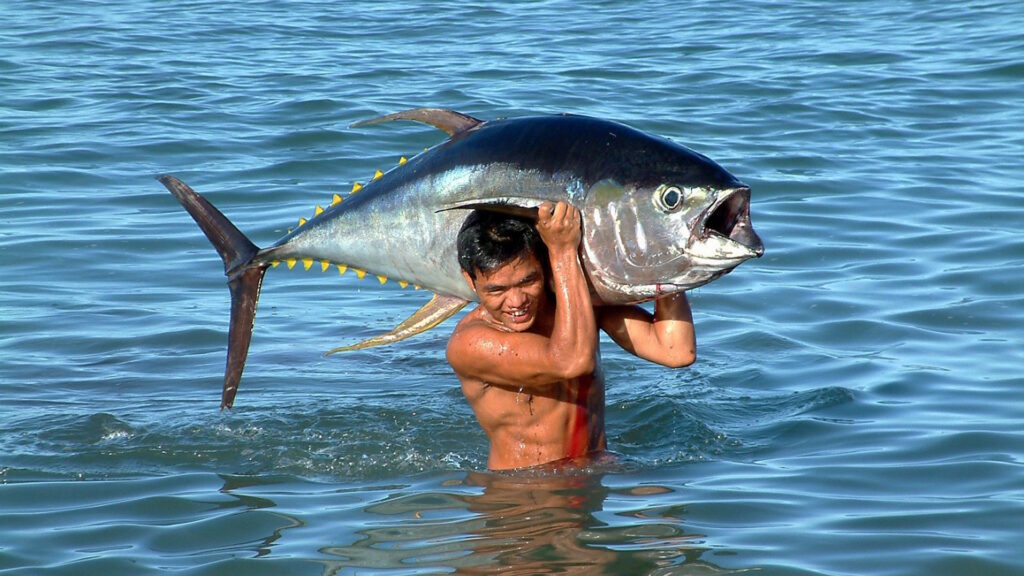
Fish are cold-blooded creatures whose metabolism and activity levels are directly tied to water temperature. During colder months, their metabolism slows significantly, making them less active and less likely to chase fast-moving lures. Conversely, in warmer seasons, their metabolism increases, prompting more aggressive feeding behaviors and greater willingness to pursue faster baits. These biological realities form the foundation of seasonal lure selection. Beyond temperature, seasonal factors such as spawning cycles, available forage, and water clarity also influence fish behavior in predictable ways. Successful anglers recognize these patterns and adjust their lure selection to match the conditions fish are experiencing rather than sticking to personal favorites year-round.
Early Spring Lure Selection
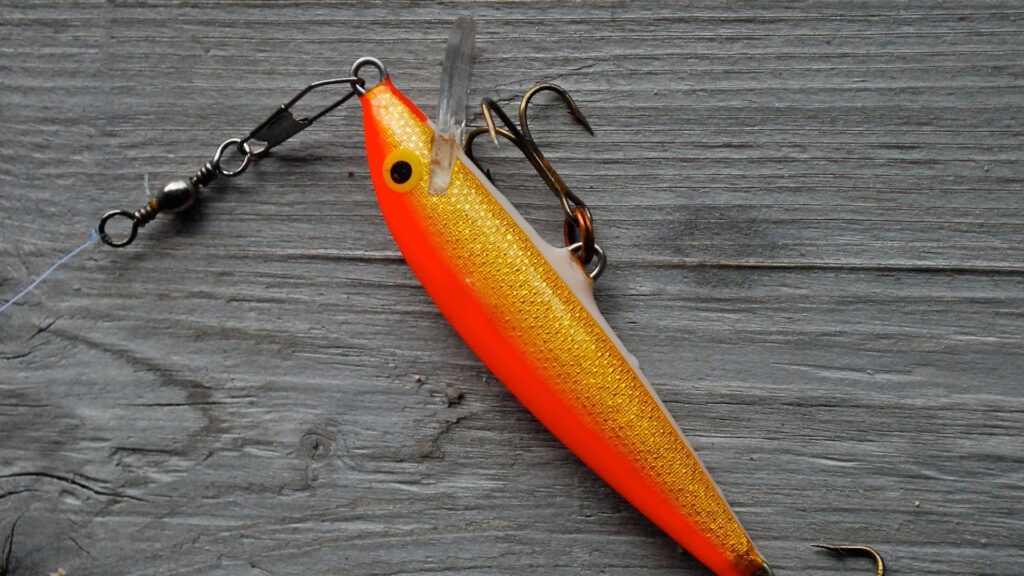
Early spring presents a transitional period as water temperatures begin to rise but remain relatively cool. During this pre-spawn phase, fish are gradually becoming more active but still conserving energy. Slow-moving baits like suspending jerkbaits, which can be worked with long pauses, prove exceptionally effective as they mimic injured or sluggish baitfish. Small soft plastic baits rigged on lightweight jigheads allow for a deliberate presentation that gives lethargic fish ample opportunity to strike. Crankbaits with tight wobbling actions and moderate retrieve speeds can also produce results, particularly on slightly warmer days. Colors tend to work best in natural, subdued tones that don’t overwhelm fish still shaking off their winter doldrums.
Late Spring Spawning Period Tactics
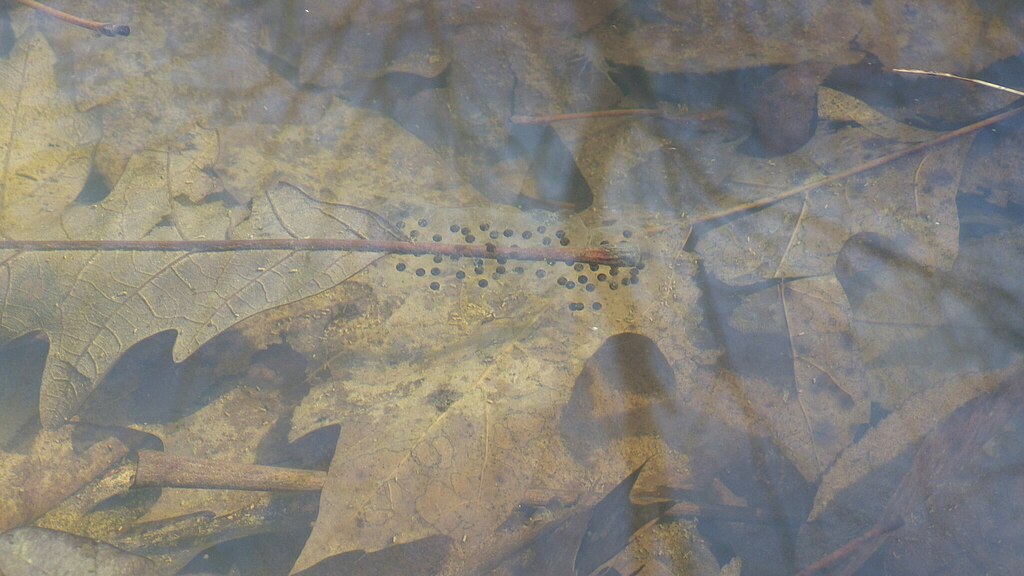
As spring progresses and spawning season begins, fish behavior changes dramatically, requiring adjustments to your lure selection. Sight-fishing becomes viable in many situations, making smaller, precisely presented lures ideal for targeting fish on or near beds. Soft plastic creatures, tubes, and finesse worms rigged weightless or with light weights excel at triggering protective strikes from spawning fish. Topwater presentations begin to gain effectiveness, particularly in the early mornings and late evenings when fish are most active. During this period, lure color becomes increasingly important, with white, chartreuse, and other high-visibility options often outperforming natural tones as fish become more territorial and aggressive rather than simply feeding.
Early Summer Transition Strategies
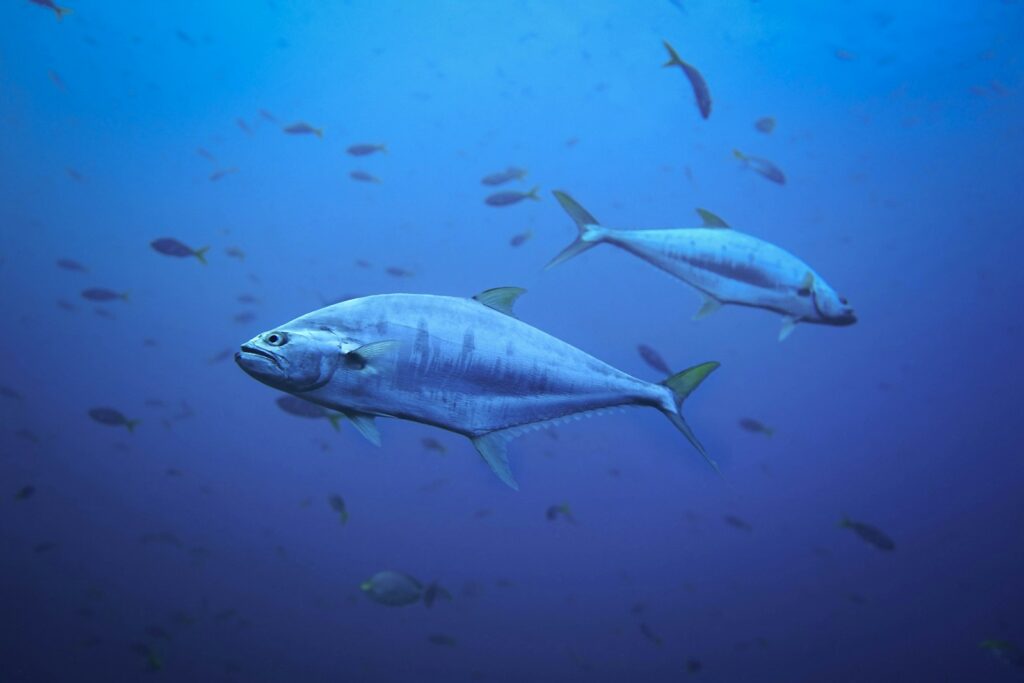
The post-spawn period of early summer creates another significant transition in fish behavior and optimal lure selection. Water temperatures are rising steadily, and fish often move to deeper structures or seek shade during daylight hours. This period calls for versatile lures that can cover water efficiently, with spinnerbaits, swim jigs, and medium-diving crankbaits proving particularly effective. Early morning and evening topwater action reaches its peak during this time, making walk-the-dog style lures, poppers, and hollow-body frogs essential additions to your arsenal. Faster retrieves become more productive as fish metabolism increases with the warming water, though maintaining the ability to switch to slower presentations during midday heat remains important.
Mid-Summer Deep Water Techniques
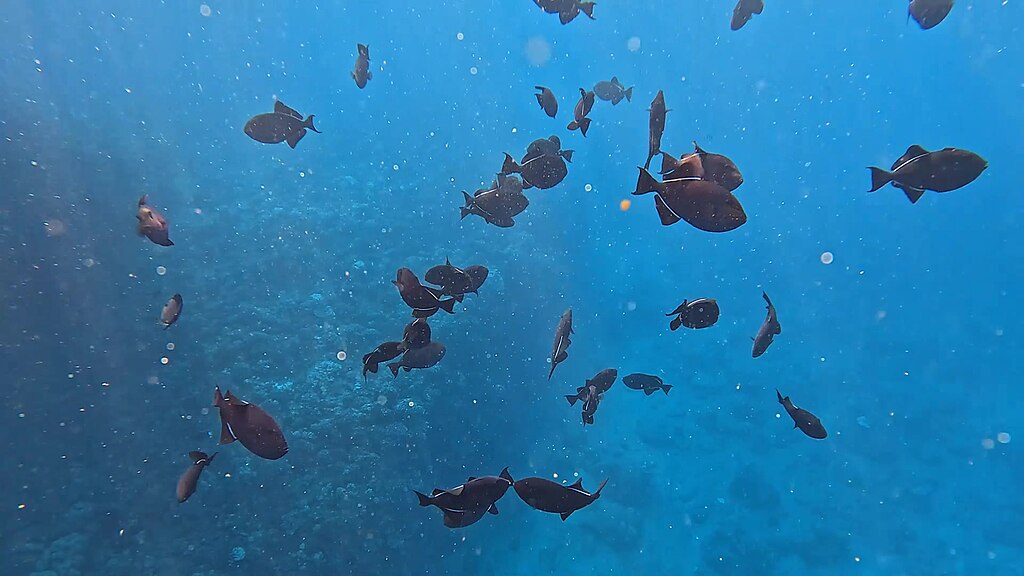
By midsummer, consistently high water temperatures typically push fish to deeper, cooler water or into heavy cover seeking shade and oxygen. This pattern necessitates lures capable of reaching these deeper holding areas effectively. Deep-diving crankbaits, heavy jigs, and Carolina rigs become primary weapons for targeting offshore structures like points, ledges, and deep weedlines. Large plastic worms and creature baits work slowly through deep cover to produce quality bites when fish are less active during daylight hours. For night fishing, which becomes increasingly productive during summer, black or dark blue lures that create distinct silhouettes against the night sky consistently outperform brighter colors. During this period, subtle differences in presentation often matter more than lure selection itself—slowing down and ensuring your lure reaches the right depth becomes crucial.
Late Summer Challenging Conditions
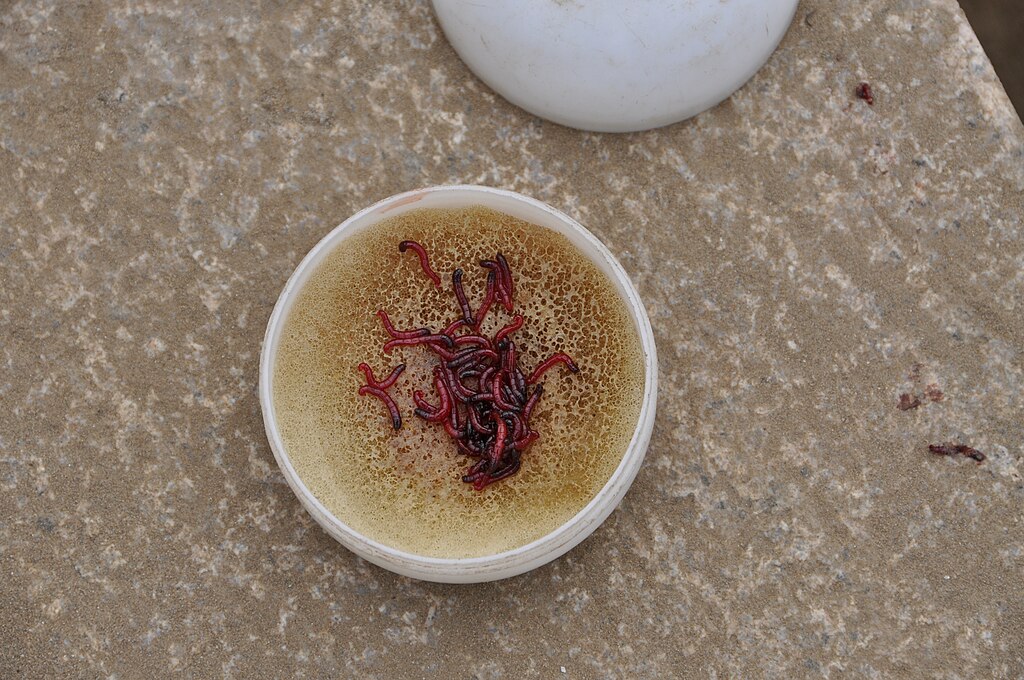
Late summer presents some of the year’s most challenging fishing conditions, with high water temperatures, potential oxygen depletion in shallow areas, and fish that have seen pressure for months. Downsizing lures often becomes necessary as fish grow more wary and selective about what they’ll strike. Finesse techniques like drop shotting, Ned rigging, and wacky rigging small plastic worms produce when nothing else seems to work. Focusing on dawn, dusk, and nighttime fishing yields better results than midday efforts during this period. Topwater lures remain effective in low-light conditions, particularly around areas with surface activity where fish are actively feeding on baitfish schools that become more prevalent in late summer.
Early Fall Feeding Frenzy
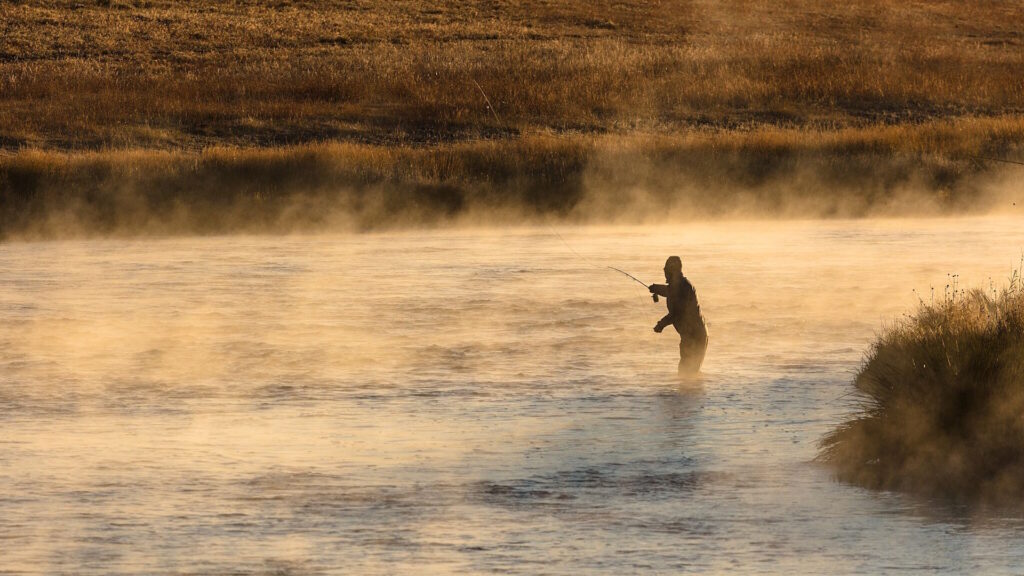
Early fall triggers one of the year’s most anticipated fishing periods as cooling water temperatures signal fish to feed heavily in preparation for winter. Baitfish patterns become particularly important during this time, making lures that closely mimic shad, herring, or other local forage fish extremely effective. Lipless crankbaits, soft plastic swimbaits, and blade baits that can be retrieved at various speeds to match fish activity levels shine during this period. Fish often chase bait into shallow water during fall, making it an excellent time to employ reaction baits like spinnerbaits and square-bill crankbaits around shallow cover. The changing light conditions of fall make metallic and reflective finishes particularly effective as they create flashes that trigger predatory responses from actively feeding fish.
Mid-Fall Pattern Shifts
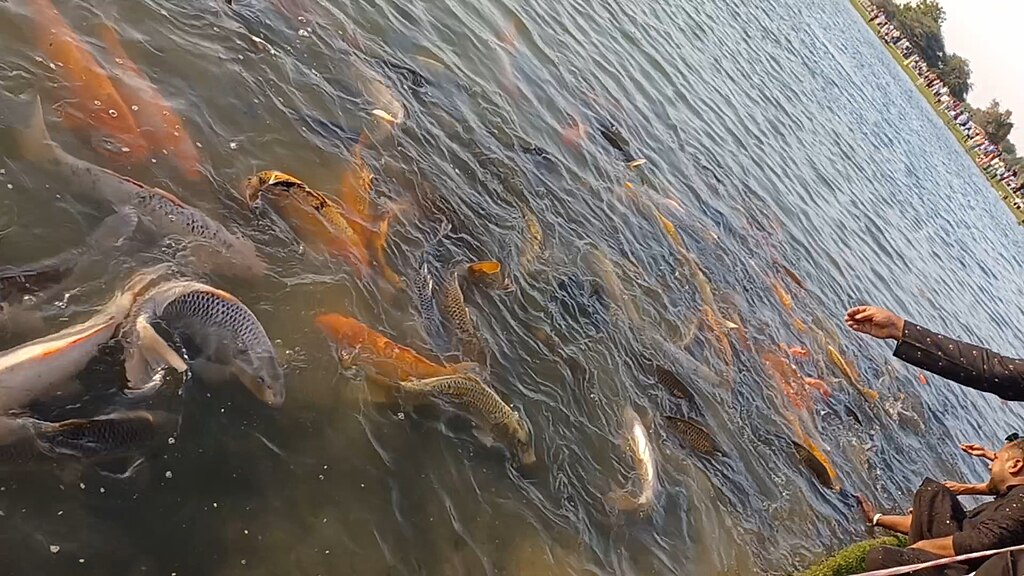
As fall progresses, water temperatures continue to drop, and fish behavior undergoes another significant shift that requires lure adaptation. Fish often school more aggressively during this period, making search baits that can cover water quickly essential for locating active groups. Once schools are located, vertical presentations like jigging spoons, blade baits, and heavy jigs can effectively target concentrated fish. Crankbaits with wider wobbling actions that displace more water tend to outperform tighter-wobbling models as fish become more aggressive in their feeding. Color selection should trend toward high-contrast patterns and brighter hues that stand out in the increasingly turbid waters that often characterize fall conditions after seasonal turnover in many lakes and reservoirs.
Late Fall Pre-Winter Strategies

The late fall period represents the last major feeding opportunity for many fish species before winter’s cold water significantly reduces their activity. During this time, lures that can be worked slowly while maintaining an enticing action produce consistently. Suspending jerkbaits fished with long pauses between twitches become extremely effective as they mimic dying baitfish. Larger profile soft plastics like 6-10 inch worms or large creature baits often outperform smaller offerings as fish look to maximize caloric intake with minimal energy expenditure. Metal lures like spoons and blade baits excel in this period because they can be fished vertically in the deeper water where fish increasingly congregate. This is also an excellent time to employ umbrella rigs and other multi-bait presentations that suggest a small school of baitfish—a particularly tempting target for fish bulking up for winter.
Winter Slow Presentation Tactics
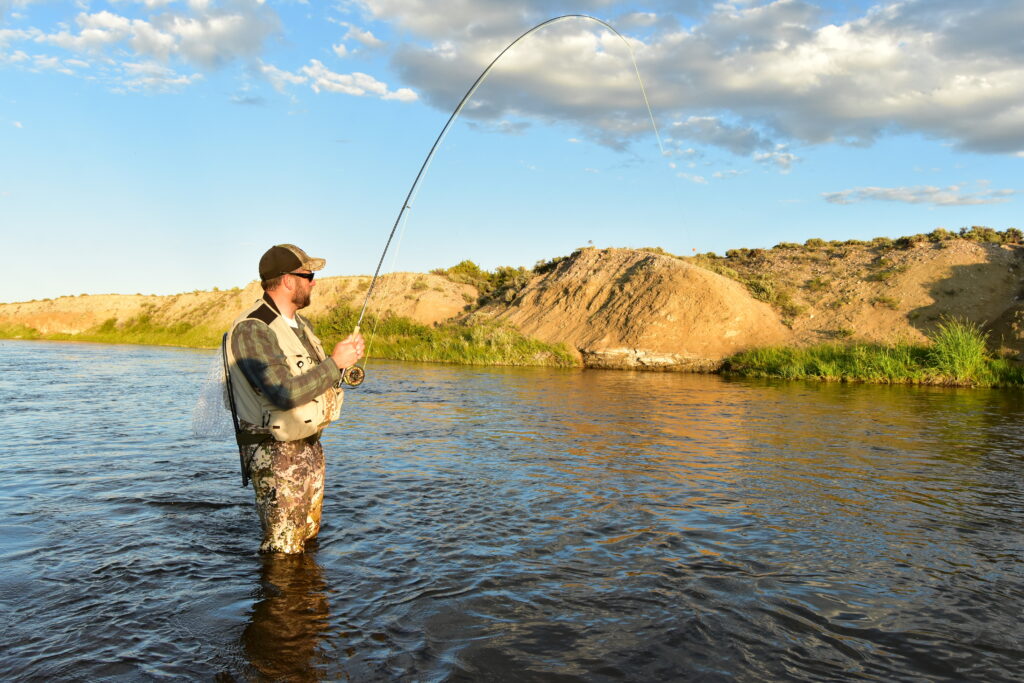
Winter demands the most significant adjustments to lure selection and presentation of any season. With cold water dramatically slowing fish metabolism, small, subtle lures presented with minimal movement typically produce best. Finesse jigs with minimal bulk, tiny soft plastic baits on drop shot rigs, and micro jigging spoons allow for the ultra-slow presentations winter fish require. Lure color becomes less important than size and action, though natural tones generally outperform bright colors in the clear water conditions common during winter months. Despite conventional wisdom suggesting otherwise, some of the year’s largest fish are caught during winter when large predators still feed occasionally, making it worthwhile to occasionally offer larger profile baits, particularly during warming trends or on days with stable barometric pressure.
Adapting to Weather Fluctuations
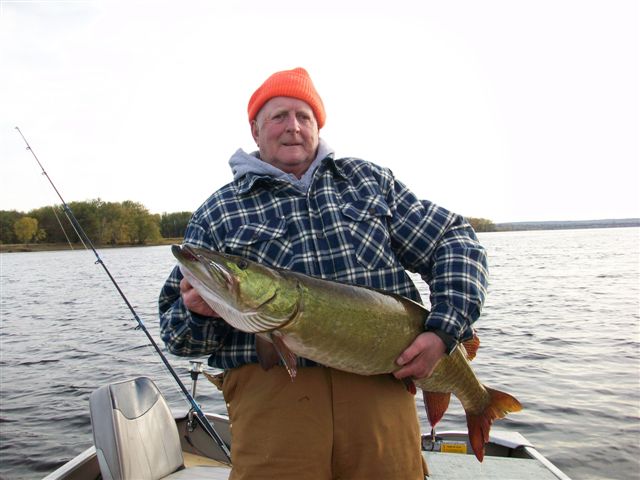
Beyond seasonal patterns, short-term weather fluctuations can dramatically impact which lures perform best on any given day. Cold fronts typically push fish deeper and make them less aggressive, calling for smaller, more subtle presentations regardless of season. Conversely, stable warming trends encourage more active feeding and allow for faster retrieves and more aggressive lure choices. Barometric pressure changes significantly influence fish behavior, with falling pressure (approaching storms) often triggering feeding frenzies that favor reaction baits like crankbaits and spinnerbaits. High, stable pressure following frontal passages generally necessitates finesse presentations as fish become more lethargic and selective. Learning to read these weather patterns and adjust your lure selection accordingly can salvage fishing trips during seemingly unfavorable conditions.
Regional and Habitat Considerations
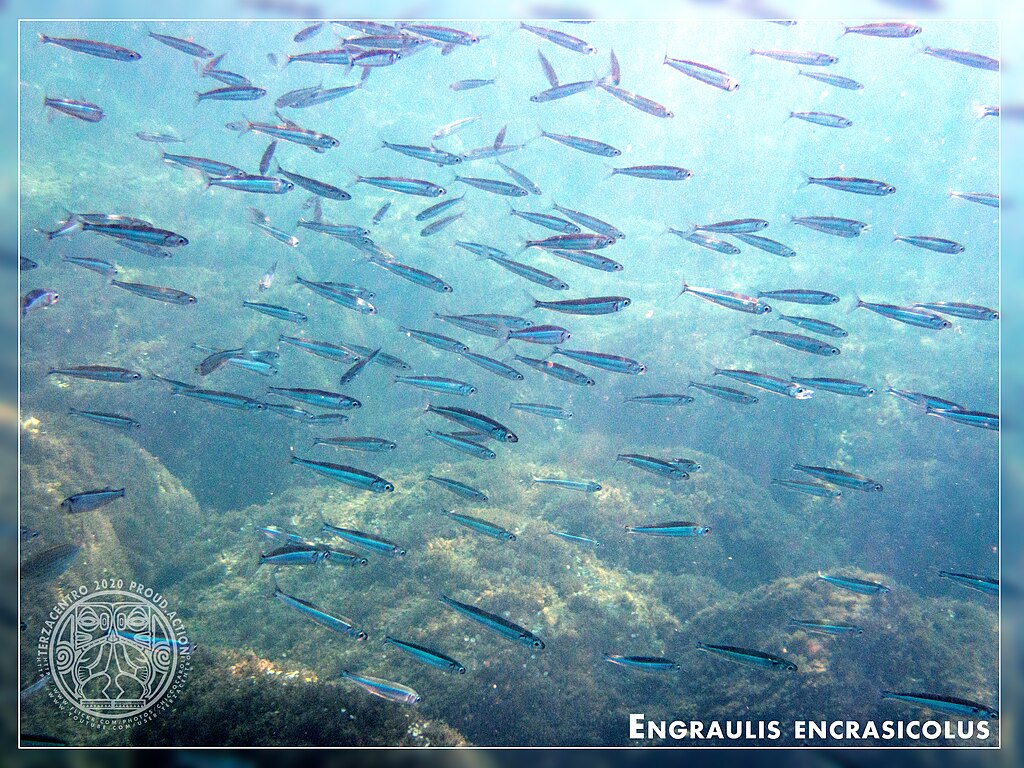
While seasonal patterns apply broadly across most fisheries, regional differences and specific habitat types require further refinement of lure selection. Southern waters with milder winter temperatures may never demand the ultra-finesse approaches necessary in northern regions. Similarly, clear, deep lakes respond differently to seasonal changes than shallow, turbid reservoirs or river systems. Tailwater fisheries below dams often display less pronounced seasonal patterns due to relatively stable water temperatures. Understanding your local waters’ unique characteristics allows you to adapt general seasonal guidelines to your specific fishing situation. Keeping detailed records of which lures produce under various conditions in your home waters will ultimately prove more valuable than any general guide.
Building Your Seasonal Tackle Box

Creating a well-organized tackle selection based on seasonal patterns prevents overwhelming yourself with too many options while ensuring you’re prepared for the conditions you’ll face. Consider organizing lures by season or water temperature ranges rather than by lure type to streamline selection on the water. Investing in quality storage systems with clear compartments allows you to quickly identify the right lures for current conditions without wasting valuable fishing time. Rather than accumulating countless lures, focus on building a core collection of proven performers for each seasonal period. Remember that confidence in your lure selection often matters more than having the exact “right” lure—fish sense hesitation in erratic or uncertain presentations, so using lures you trust improves your chances of success regardless of season.
Conclusion

Understanding the seasonal patterns that influence fish behavior and adapting your lure selection accordingly represents one of the most significant steps an angler can take toward consistent success. While there will always be exceptions and days when conventional wisdom fails, the guidelines outlined in this seasonal lure guide provide a strong foundation for making informed choices throughout the year. Remember that observation and adaptation remain your most valuable tools—paying attention to changing conditions and being willing to adjust when your initial approach isn’t producing results will ultimately catch more fish than rigidly adhering to any guide. By combining these seasonal insights with your growing experience on the water, you’ll develop an intuitive understanding of which lures work best and when.
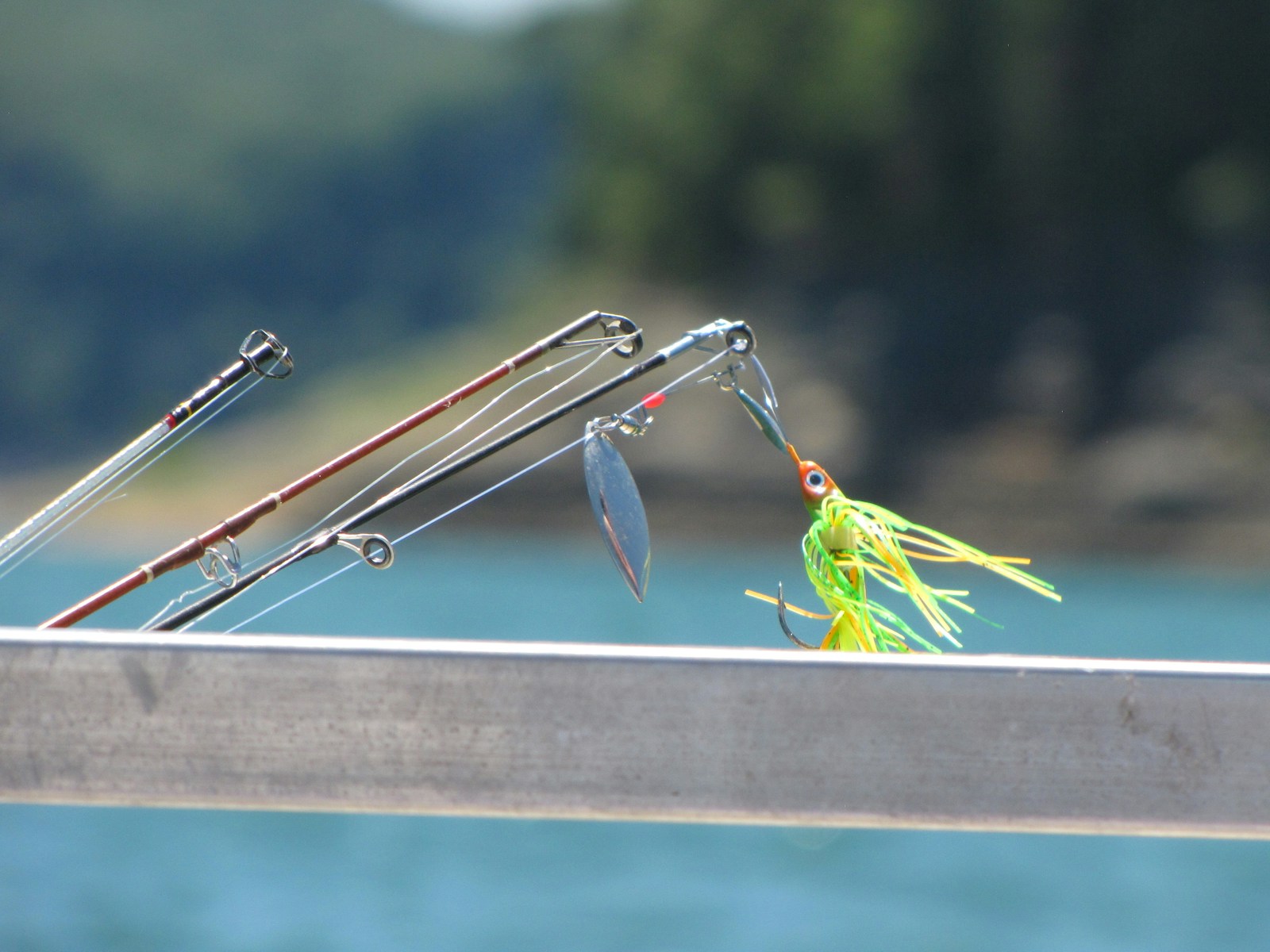

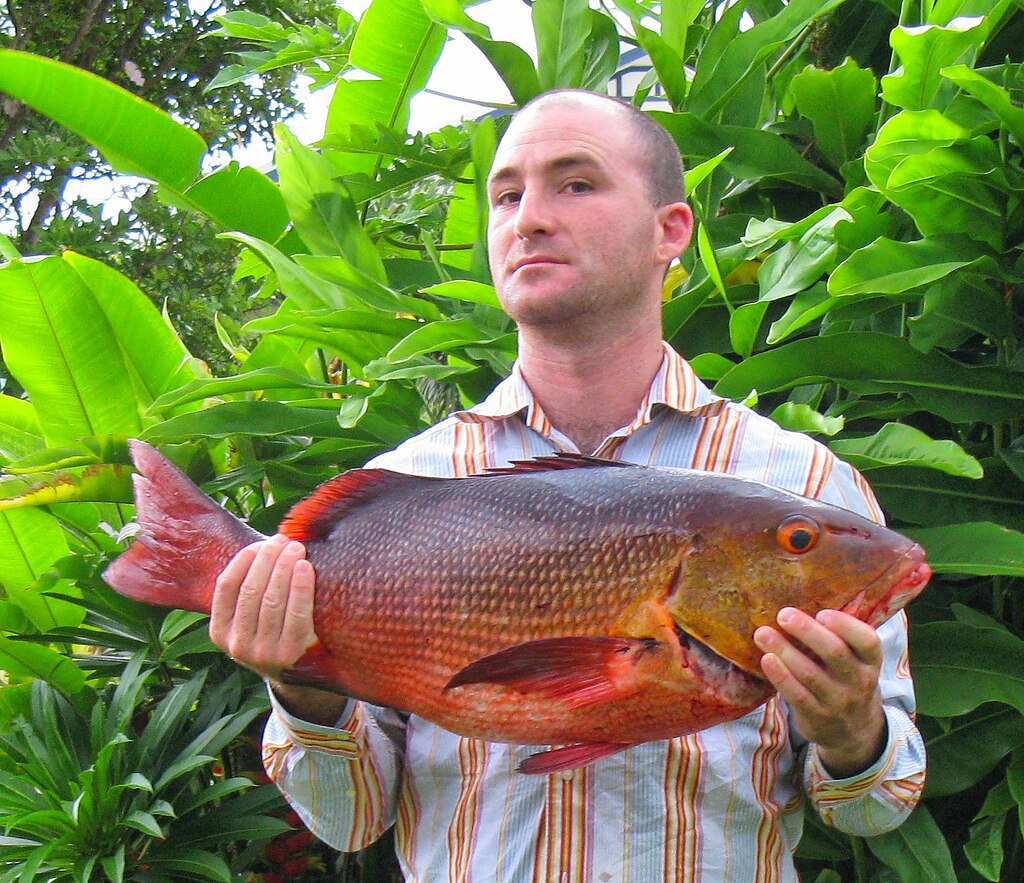











Post Comment